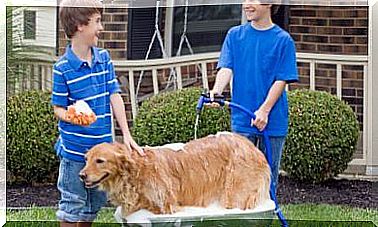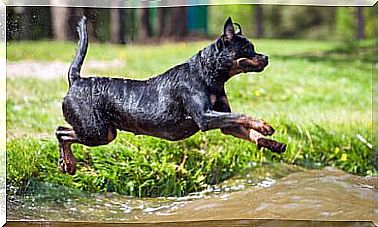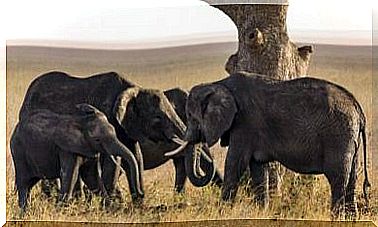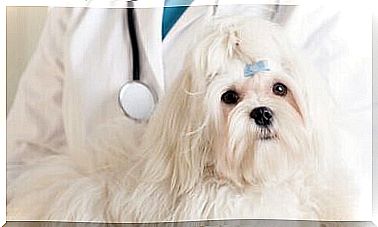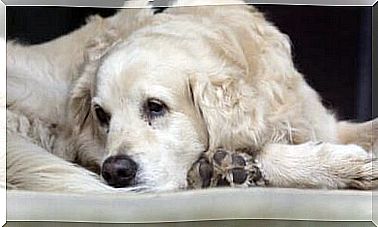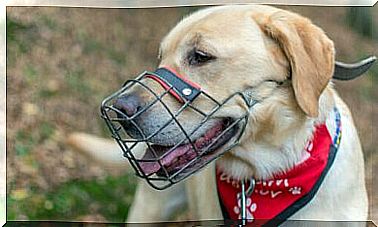How To Protect Livestock From Predators
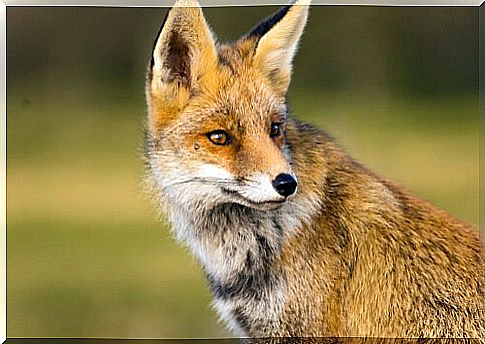
Professional farmers and beginners alike should be very clear that livestock safety is a priority. In addition to taking care of their food, hygiene and preventive medicine, it is essential to know how to protect livestock from predators and possible threats.
Possible threats and security methods
When one opts for extensive cattle raising, coexistence with wild species is a reality. Some of them, like foxes and wolves, will be natural predators of cattle or sheep.
The farmer will also have to face possible theft attempts, infestations or epidemics. Not to mention possible diseases deriving from hygiene and poor preventive medicine. All of this highlights the need to choose efficient methods to keep livestock safe and healthy.
However, it is essential to emphasize that such security measures need to be viable and sustainable. On the one hand, we must not jeopardize the balance of the ecosystem by hunting native animals. On the other hand, the security system cannot negatively impact production. Next, we will propose efficient alternatives to protect livestock.
Preference for native cattle breeds
When talking about security for livestock, we think almost immediately of natural predators. However, the problems of adapting to climate change and geography can also threaten the health of livestock. In these cases, the simplest and most efficient security measure is to opt for native breeds.
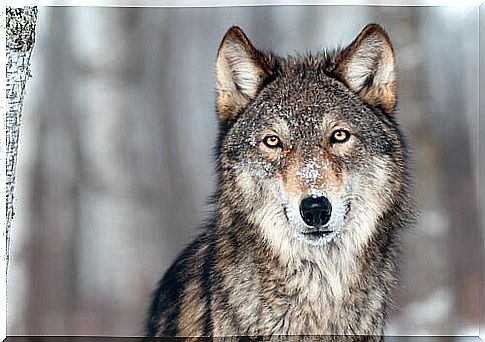
In addition to favoring their adaptation, we guarantee optimal use of the natural resources available in the original lands. Furthermore, such species generally defend their young more efficiently against predators.
Proper preventive medicine for livestock
The misconception that field animals “breed themselves” can be fatal. Even though cattle are naturally resistant, they can be threatened by infections from internal and external parasites.
The disease threatens not only the profits of the farmer, but also the health of the animals and those who consume their meat.
A proper preventive medicine for your cattle must comply with the periodic deworming and vaccinations, as well as visits to the veterinary specialist. In addition, care must be taken with a balanced diet, enhanced hydration and possible antibiotic applications.
How to protect livestock: permanent surveillance
One of the indirect causes of livestock mortality is the lack of surveillance in the fields. Poor control favors invasions by predators, possible thefts and also does not help to control the health status of cattle.
Another bad safety practice is the lack of collection of childbirth remains or dead animals. These organic residues favor the proliferation of pathogenic microorganisms and attract predators.
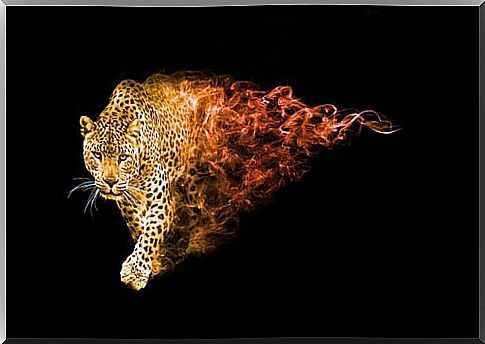
All of this leads us to the conclusion that constant surveillance, day and night, is a fundamental requirement to keep your livestock safe.
The importance of the enclosure and stables
Night surveillance is not enough to protect livestock from the onset of darkness. To ensure their safety, we must place them overnight in shelters appropriate for their size.
On the other hand, fencing is a tradition in cattle breeding, but it is not always well designed to prevent predator attacks. Many animals have the ability to pass over simple fences, made only horizontally.
To build a better enclosure, it is recommended to know more modern techniques, such as the British Fladry (or “ barbican ”, in the United States). It is a rope containing pieces of resistant canvas in bright colors and plastic. Colors, reflections and movement help to deconcentrate and scare away natural predators.
How to Protect Cattle: Watch Dogs
If we talk about tradition, surely the use of guard dogs is one of the best classic security measures. Sheep dogs have been accompanying humanity in the development of agricultural activity. To this day, they are faithful companions who demonstrate an inexhaustible desire to work alongside men in the field.
A guard dog must be trained and be physically and emotionally prepared to protect itself and its territory. In addition, it is essential to calculate the adequate number of dogs according to the size of the land, the number of livestock and the presence of predators.
To learn more about how to protect livestock, it is essential to study new defense techniques in the field.

